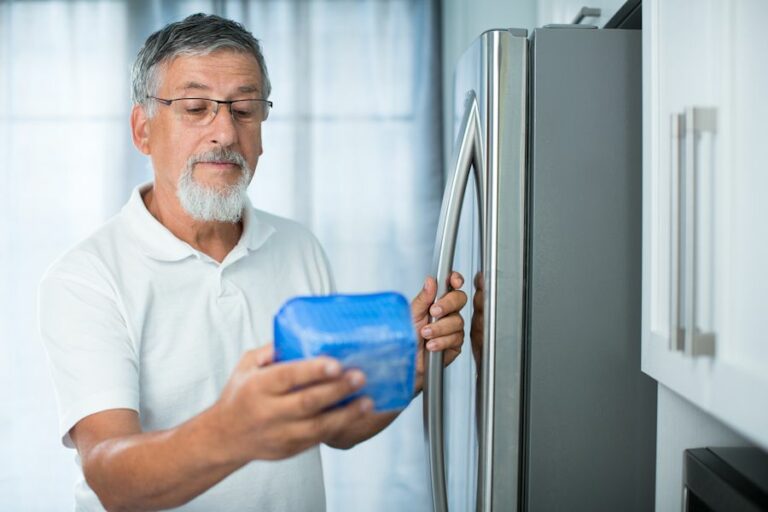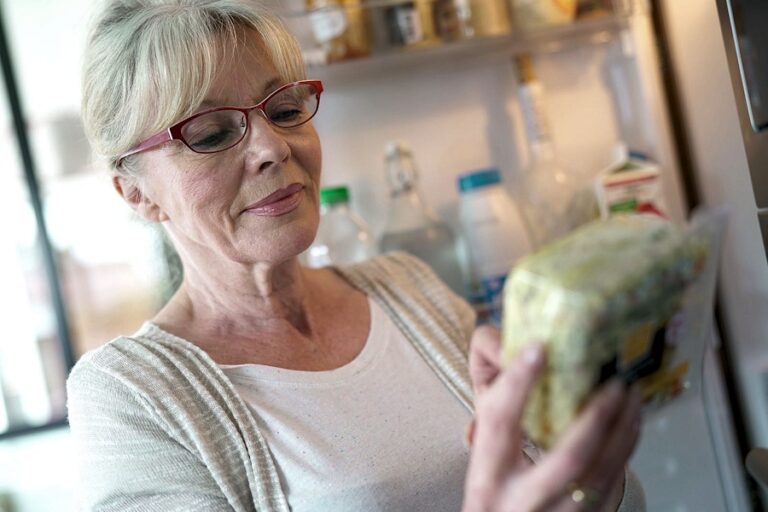
It’s Refrigerated, but is it Safe?
Here’s a straightforward challenge for you… open your refrigerator right now, name every item in there, and decide whether or not it is safe to eat. Not so simple, is it? If you are like most people, you are bound to find something in your fridge that is unidentifiable and/or obviously unsafe to consume.
We all know food will not stay fresh in the refrigerator forever, but it is just soooo easy to put something in there and then forget all about it. It is very common to wait too long to throw refrigerated items away. By the time some refrigerated foods get tossed, their true identities may be a complete mystery due to changes in color and texture… or lost under a full coat of mold. Even items that still look and smell fine may be quite detrimental to our health if eaten.
Cold temperatures help keep perishable food fresh and safe to eat by slowing down the growth of harmful bacteria that cause food poisoning and can make us ill. However, just because something is refrigerated does not mean it is okay to eat. The following tips can help you make sure the food in your refrigerator is safe. Additional information about food safety is available on the United States Department of Agriculture website.
Tips to Keep Your Refrigerated Food Safe
- Get in the habit of taking a weekly inventory of the contents of your refrigerator and throw out any items that are questionable or should not be eaten.
- Do not try to cram as much food as possible into your refrigerator. The appliance works efficiently only when there is enough open space available for cool air to circulate properly.
- Keep refrigerator and freezer unit doors closed as much as possible. Decide what you want to take out before you open the door, locate the item quickly, and close the door immediately.
- Placing fresh or cooled cooked food in airtight food storage containers or food storage bags can help keep it from dehydrating or picking up odors from other items in the refrigerator. However, when putting hot food in the refrigerator to cool, it should never be covered. Covering traps heat inside, which increases the time needed for the food to reach refrigerated temperatures and can prolong the temperature range that promote bacterial growth. Resources suggest keeping hot food uncovered until it reaches 41°F.
- Do not keep perishable foods – like milk, cheese, yogurt, and eggs – on the inside shelves of the refrigerator or freezer door. Doors are always warmer than interior areas.
- Make sure all raw poultry, meat, and seafood items are well-wrapped or stored in a sealed container so their juices will not leak out and contaminate other foods also stored in your refrigerator. For optimum safety, raw poultry, raw meat, and raw seafood should always be stored below and away from ready to eat foods.
- Never eat – or even taste – any food that appears at all questionable. If anything in your refrigerator looks or smells odd, throw it out.
- Wipe up any spills in your refrigerator as soon as they happen so they do not have a chance to dry or harden.


Age Adds Flavor
We are not old, we are seasoned!
Don’t forget to visit us on FACEBOOK!
